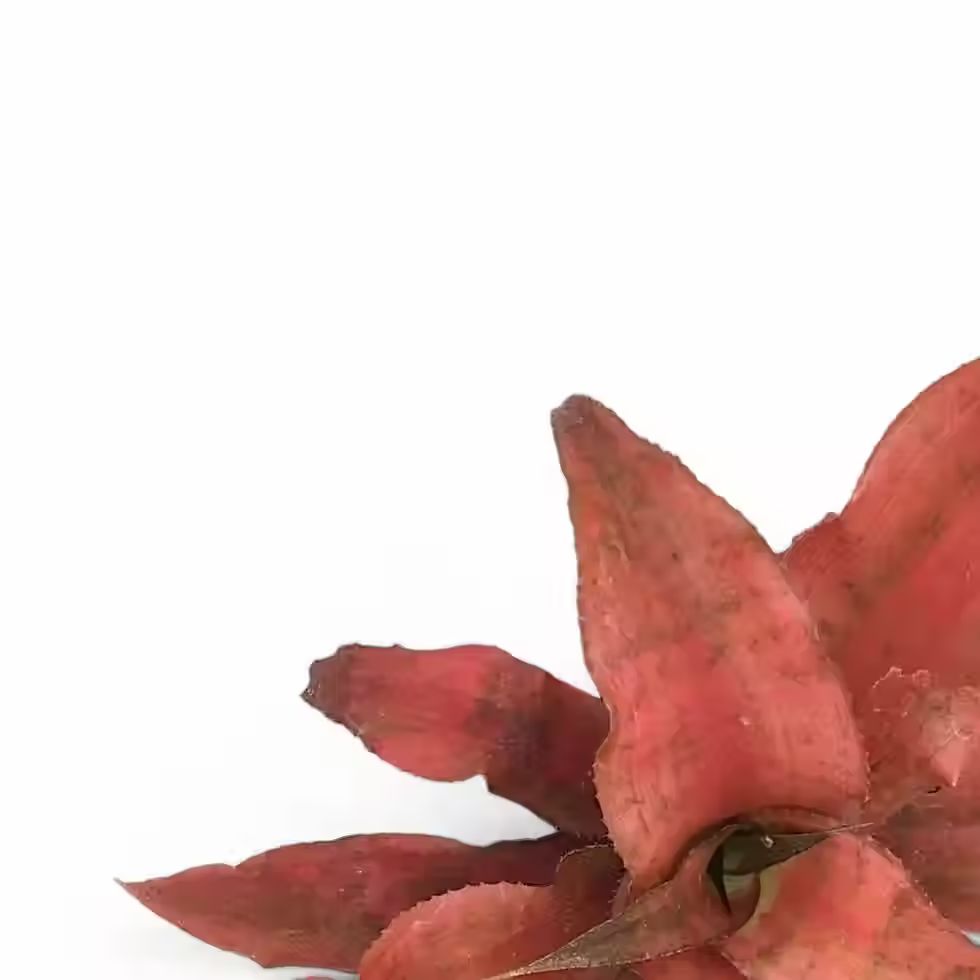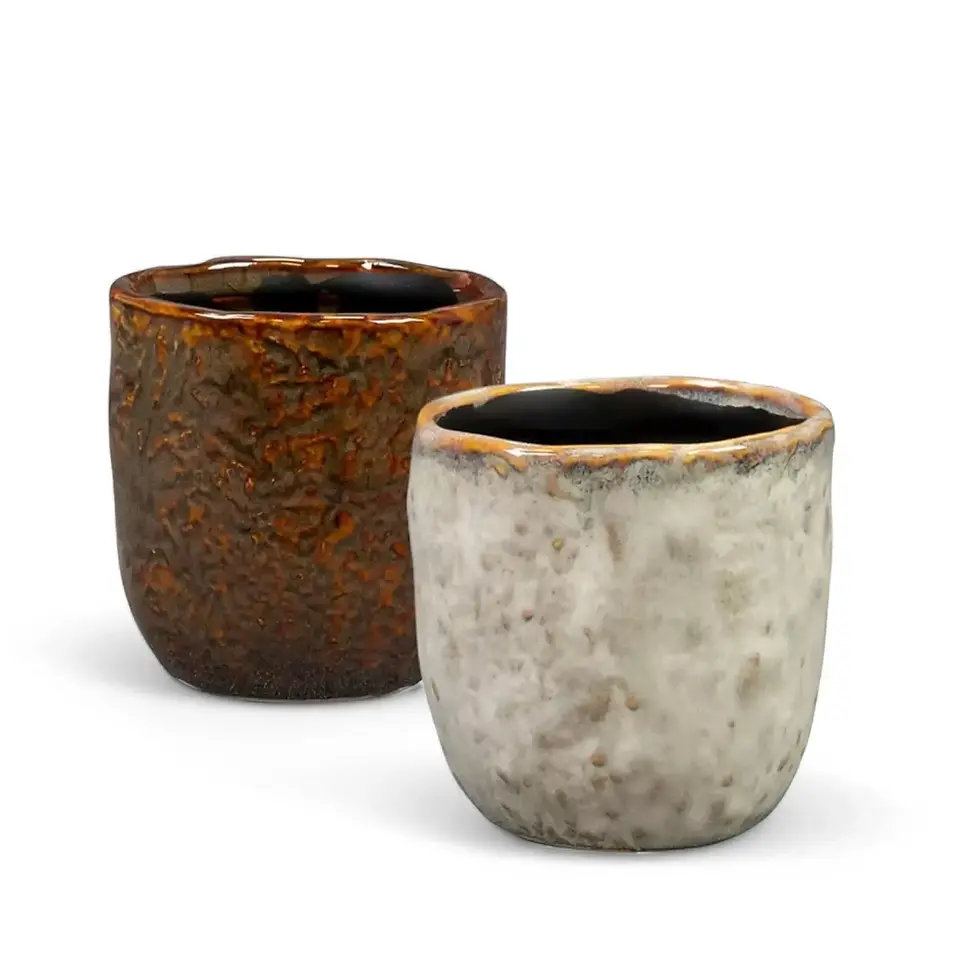Spathiphyllum 'Diamond' Complete Care Guide: Tips and Key Information
Spathiphyllum 'Diamond' is a stunning variegated houseplant, perfect for adding an elegant touch to your indoor plant collection. Known for its striking large leaves with unique silver-white variegation, this hybrid of Spathiphyllum wallisii makes a bold statement. Whether in your living room, office, or a cozy corner, Spathiphyllum 'Diamond' brings a fresh, modern vibe to any space.
What Makes Spathiphyllum 'Diamond' So Special?
- Stunning Leaf Variegation and Texture: The deep green, glossy leaves feature unique silver-white variegation patterns. Each lance-shaped leaf has an unpredictable pattern, ensuring a visually striking display.
- Compact Growth for Indoor Spaces: Grows in a compact, upright manner, reaching 60-80 cm in height—ideal for small spaces.
- Elegant Blooms: Produces delicate, spadix-shaped flowers from June to September, adding charm and a light fragrance to your space.
Spathiphyllum 'Diamond' Care Guide
- Light Requirements: Thrives in bright, indirect light. Avoid direct sun, as it can scorch leaves. Bright light enhances variegation.
- Temperature Preferences: Prefers warm temperatures of 18-25°C. Avoid cold drafts and sudden temperature changes.
- Humidity Needs: High humidity (ideally 60-70%) prevents brown tips. Use a humidifier, mist occasionally, or group with other plants.
- Watering: Keep soil evenly moist but not soggy. Allow the top 2-3 cm of soil to dry before watering again.
- Soil and Potting: Use a well-draining, peat-free mix with coconut coir, perlite, and pine bark. Ensure the pot has drainage holes.
- Fertilizer Needs: Feed monthly with a balanced, water-soluble fertilizer at half strength. Increase to every two weeks during blooming.
- Repotting: Repot every 1-2 years, preferably in spring, to refresh soil and provide space for growth.
- Pruning: Remove yellow or damaged leaves and spent blooms to maintain plant health and encourage new growth.
Common Problems and Solutions
- Yellowing Leaves: Usually due to overwatering. Let the topsoil dry before watering again and ensure proper drainage.
- Brown Leaf Tips: Caused by low humidity or inconsistent watering. Increase humidity and check water quality.
- Root Rot: Prevent by using well-draining soil and pots with drainage holes.
- Pests: Watch for spider mites and mealybugs. Inspect leaves regularly and treat with a natural insecticide if needed.
Additional Care Tips
- Water Quality Matters: Sensitive to chlorine and fluoride in tap water. Use filtered or distilled water.
- Mimicking Natural Habitat: Originating from Central and South American rainforests, Spathiphyllum thrives in warm, humid environments. Recreate these conditions indoors for best results.
Etymology and Background
The name Spathiphyllum comes from Greek: spathē (spatula/sword) and phyllon (leaf), referring to its flower structure. The species name wallisii honors Gustav Wallis, a botanist who introduced many tropical plants.
Frequently Asked Questions (FAQ)
- Is Spathiphyllum 'Diamond' Toxic? Yes, it contains calcium oxalate crystals, which are toxic to pets and humans.
- How Often Should I Water? Water when the top 2-3 cm of soil is dry. Keep soil moist but not soggy.
- Can It Thrive in Low Light? Tolerates low light, but variegation fades. Best in bright, indirect light.
- How Can I Encourage Blooming? Provide adequate light and increase fertilization during the growing season.
Order Your Spathiphyllum 'Diamond' Today!
Add this gorgeous, unique houseplant to your collection. Its stunning silver variegation and easy-care nature make Spathiphyllum 'Diamond' a perfect indoor plant. Order now and enjoy its fresh elegance in your home!
Spathiphyllum 'Diamond'
Spathiphyllum 'Diamond' comes in following sizes:
M – is approximately 40 cm tall and comes in a ⌀ 12 cm pot
L – is approximately 65 cm tall and comes in a ⌀ 17 cm pot

























































